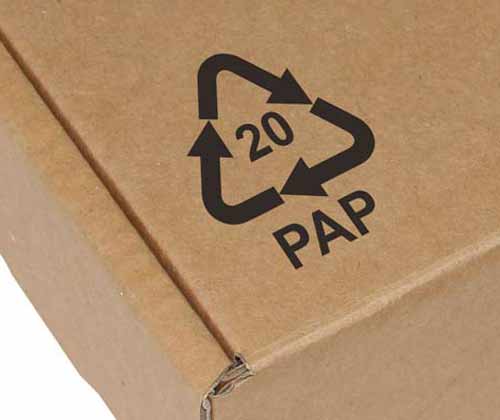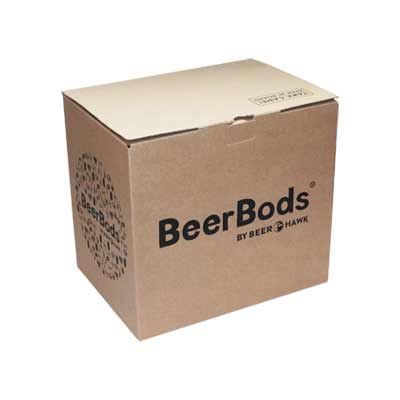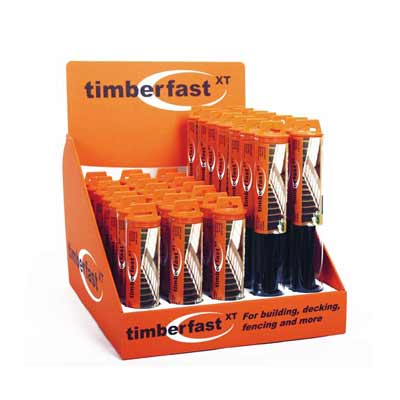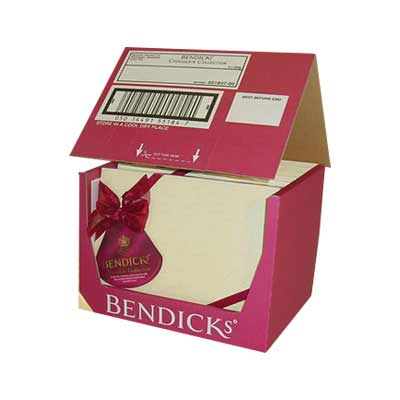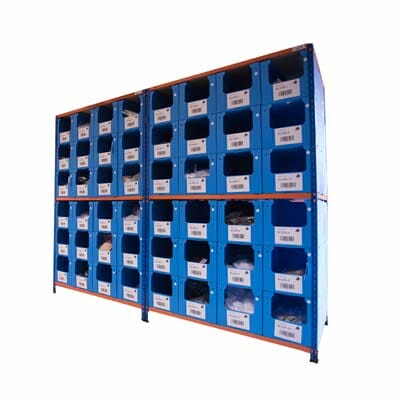Introduction
Why the unboxing experience matters
When someone shops online, they can’t touch, hold, or see the product in person before it arrives. The first physical interaction they have is when the delivery arrives at their doorstep and they open it. That’s your moment: the eCommerce unboxing experience.
Handled well, this moment can heighten the perceived value of your product, create an emotional connection, and even reduce returns by reassuring customers about quality right away. On a practical level, a strong unboxing experience can reduce returns by giving buyers early confidence in product quality and condition.
A Dotcom Distribution Packaging Report found that 40% of shoppers are more likely to recommend a product to a friend if it arrives in branded, gift-like packaging. In a crowded eCommerce landscape, where standing out is harder than ever, this moment can tip the scales in your favour.
In this blog, we’ll explore practical ideas and best practices for creating the best unboxing experiences on the market. You’ll learn how to design packaging that surprises and delights your customers, engages multiple senses, strengthens brand recognition, and even supports sustainability goals.
Contents
The core principles of the unboxing experience
Balancing consumer experience with usability
The best unboxing experiences share a common trait: they feel like a gift rather than a delivery. Small touches, for example, a surprise sticker printed under the lid – spark joy. These don’t need to be expensive, but they need to be thoughtful.
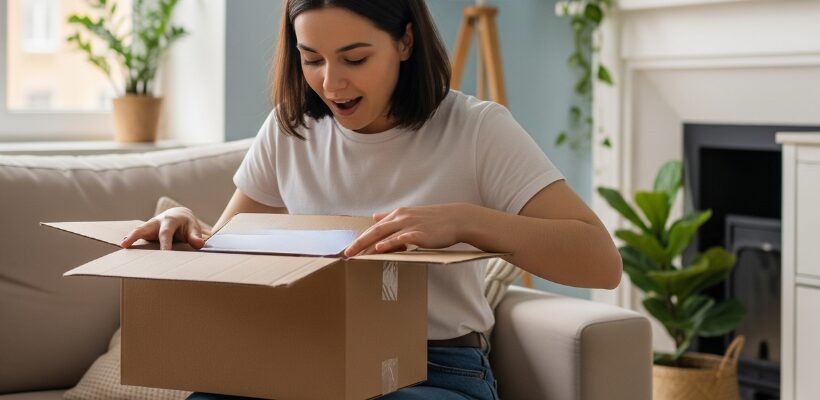
Consistency is another principle you can’t ignore; if your brand is minimalist, your packaging should reflect that. If your voice is playful, the tone should carry through to the printed text or even the choice of colours. When packaging looks and feels like the brand customers already know online, the experience feels cohesive and trustworthy.
Clarity is another crucial factor; customers want anticipation, not frustration. Tear strips, clear opening points, and logical layering keep the unboxing journey as smooth as possible. Think of it as a staging performance; the reveal should build naturally, not feel forced.
And like any good performance, it benefits from rehearsals. Testing and refining over time is what keeps your packaging feeling fresh and compelling.
Design and packaging ideas
Turning packaging into your stage
At its core, eCommerce unboxing packaging is practical: it protects the product, but with a few design decisions, it can also entertain, surprise and delight.
Consider Apple’s famously slow-releasing phone box. That pause before the lid comes off isn’t an accident; it’s engineered that way. It is meant to build suspense, and you can achieve a similar effect with a simple flap reveal, a compartment that folds out, or a sticker that needs to be peeled away before the product is revealed.
Here are some design elements that often work well:
- Custom inserts or compartments to keep items secure while presenting them beautifully.
- Paper wrap or branded tissue to add elegance.
- Seals, stickers, or bands for anticipation.
- Window cut-outs to give a first peek.
- Instruction cards styles to match your branding.
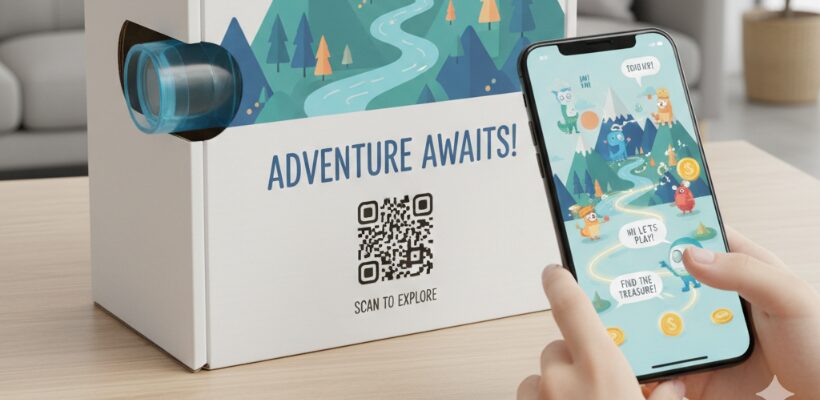
Some brands take it further with interactive elements, such as QR codes inside the packaging that lead to a thank-you video, or a mini gift or discount code that sparks a repeat purchase. These touches demonstrate that your packaging is an integral part of the overall product experience.
Sensory and materials considerations
Appealing to all five senses
The unboxing experience isn’t just about looks; it’s about how it feels, sounds, and sometimes even smells. When your customer tears open a package, they’re unconsciously picking up on all of these details.
Texture is often underestimated. A smooth matte finish feels luxurious, while embossing or foil stamping adds a sense of craftsmanship. Think of it as the first physical impression, conveying something about your quality to your customer.
Then there’s sound, the satisfying crack of a seal, the crisp pull of a tear strip, or the rustle of tissue paper. These may seem trivial, but they can define whether the unboxing feels flat or memorable.
Not every brand needs to focus on smell, but it can be a powerful differentiator. Subscription boxes in the wellness industry, for example, sometimes include subtle lavender-scented inserts, and customers remember those details long after the product is gone.
Sensory cues increase product value perception by up to 28%, so ask yourself, does your packaging delight more than just the eyes?
Functionality best practices
Practical details that your customers value
While creativity matters, functionality underpins the best unboxing experiences. Customers shouldn’t need scissors, knives, or unnecessary effort to access their purchase. 76% of consumers want their packaging to be easy to open, so opting for features like tear strips, pull tabs, or clear perforations shows respect for your buyer’s time and reduces the risk of accidental damage.
Protection is another priority. The packaging must withstand courier handling and ensure your products arrive intact. This doesn’t mean wrapping your products excessively in bubble wrap or overfilling your boxes with void fill. Instead, consider smart packaging solutions, such as moulded trays or protective foam, or use the right-sized packaging to offer protection without excessive waste.
Right-sized packaging reduces excess materials, keeping your shipping costs down and minimising frustration for customers who deal with oversized boxes. By blending practical design with thoughtful touches, you can create eCommerce packaging that is both efficient and memorable.
Finally, consider secondary use: can the box serve another purpose? Can the branded mailer bag be resealed for returns?
Personalisation and customer connections
From product to customer relationship
Think back to the last time you received something that felt personal. A simple handwritten note, a card signed with your name, these gestures make a significant difference.
Brands that personalise their unboxing experiences see stronger engagement, with 44% of consumers stating that they’d likely become repeat shoppers after receiving a personalised shopping experience, and that extends to the packaging too.
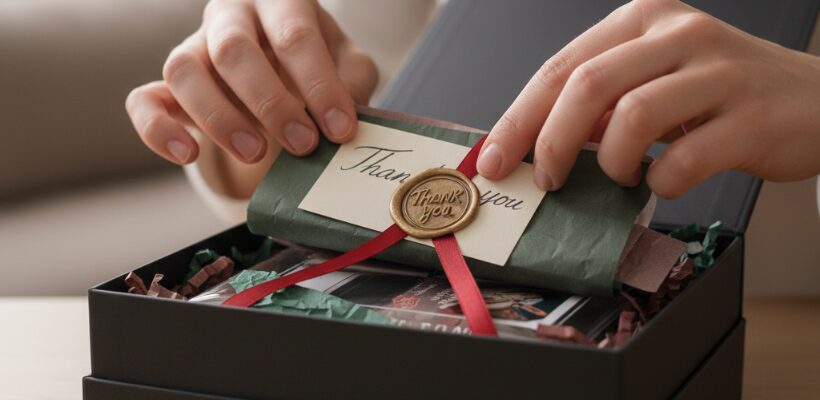
Some approaches are simple:
- A handwritten thank-you note.
- Order-specific inserts that say, “We packed your Classic Blue Hoodie with care.”
- A hashtag inside the box to encourage social sharing.
Others use technology, for example, a QR code linking to recycling or product information, or personalised discount codes for future purchases. Whether low-tech or high-tech, the result is the same: customers feel valued. When they feel valued, they share, stay loyal, and spend more.
Sustainability and ethical design
Packaging that protects your products and the planet
Customers now expect sustainable practices from the brands they buy from. Oversized boxes filled with heaps of plastic bubble wrap can now actively damage your reputation.
Switching to recyclable, compostable, or reusable materials isn’t a difficult task, and it resonates with your buyers; 49% of shoppers even say that they would pay more for sustainable packaging.
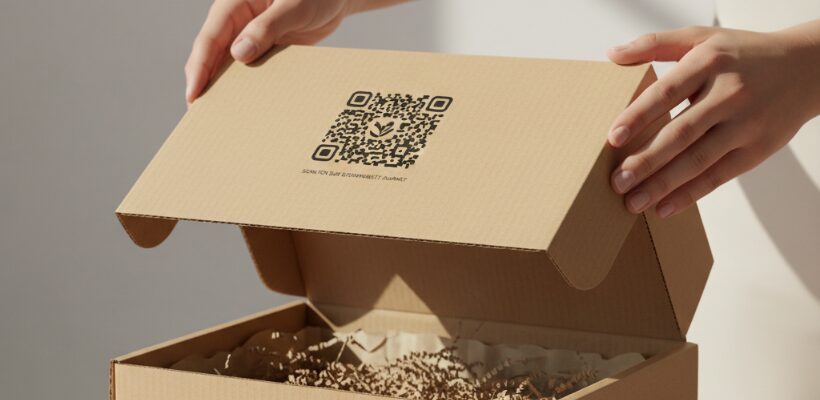
Minimal packaging is also part of the equation, with right-sized packaging reducing waste, cutting your shipping costs, and improving your customers’ perception of your brand.
Reusable packaging adds another layer, with sturdy boxes that customers can keep for storage or fabric bags that find a second life at home. Even the inks you use can make a difference, such as soy or water-based options, demonstrating attention to detail.
Think of sustainability as both a responsibility and an opportunity. With 75% of consumers preferring brands that offer sustainable products and packaging, embedding sustainability into your eCommerce packaging aligns with your customers’ values while differentiating you from less forward-thinking competitors.
UK legislation also influences how you design your packaging, with regulations such as the Extended Producer Responsibility (EPR) requiring producers to cover the costs of packaging recovery and disposal, and the Plastic Packaging Tax applying to packaging containing less than 30% recycled content. It is essential to consider these regulations when designing your packaging to minimise costs.
Summary
Three steps to improve your unboxing experience today
The unboxing experience is your brand’s first handshake with a customer. Done well, it creates delight, builds trust, and sparks loyalty.
Start with these quick wins:
- Simplify opening – remove any friction.
- Add one sensory or personal touch.
- Reduce your excess packaging and communicate your sustainability choices.
Take a good look at your current eCommerce packaging. Does it reflect your brand? Will it surprise your customers? Does it protect your product whilst delighting your customers? If not, now’s the time to evolve.
If you need guidance, our team of packaging experts is here to help. With experience in creating some of the best unboxing experiences, we can help you balance creativity, practicality, and sustainability. Get in touch with the GWP team today.
Share this article
Further reading


About the author

Jay joined GWP Packaging in 2008, before going on to hold senior positions at VPK and Cotswold Packaging. He maintains close ties with GWP and Macfarlane.
Products in this guide
Get in touch
Related guides
11 tips and ideas for successful branded packaging
18 bitesize tips for packing postal orders and eCommerce fulfilment
21 tips to prepare your warehouse for peak season
11 ideas for successful packaging during peak season demand
Seasonal packaging: the 7 do’s and don’ts for success
Temporary picking bins – 12 ways they help with seasonal demand
Festive packaging and business preparation for Christmas
7 facts on the importance of eCommerce packaging
Analysis: Stock vs. custom eCommerce packaging
eCommerce shipping – the crucial role played by packaging
eCommerce unboxing experience and best practice
Peak packaging Monday – what is it, and does it affect your business?





















